The Toyota bZ4X has gained improved range figures ahead of its upcoming European launch, with deliveries for the firm's first bespoke, all-electric SUV set to begin in the summer.
Powered by a 71.4kWh battery, the bZ4X offers an official WLTP range of 320 miles in its front-wheel drive guise and 292 miles for cars equipped with four-wheel drive. Previously, the model was expected to offer around 280 miles of range.
Prices start from £41,950 and four specification levels are available: Pure, Motion, Vision and a limited Premiere Edition. A new electric four-wheel drive system called X-mode has been introduced for the model and Toyota says it gives the bZ4X “class-leading off-road driving capability”.
Entry-level Pure models are front-wheel drive only and are equipped with 18in alloy wheels, an 8.0in touchscreen multimedia system and a 7.0in digital driver's display as standard. Other basic features include a reversing camera, keyless entry and climate control with a remote operation function.
Drivers can choose front- or four-wheel drive on the next-step Motion specification, which starts from £45,750 and gains a rear spoiler and rear privacy glass. Inside, the model is fitted with heated front seats, ambient lighting and a wireless phone-charging tray.
Vision trim heads the regular bZ4X model line-up with 20in alloy wheels, heated and ventilated front seats with synthetic leather upholstery and an electric tailgate with a kick sensor. Safety is improved with rear parking sensors with automatic braking and remote parking assistance is also standard. Prices start from £47,650.
Limited Premiere Edition models are available exclusively through Toyota’s online retail service and temporarily top the model range. Prices start from £51,550 and the trim level features all of the equipment of the Vision but also gains a premium, nine-speaker JBL sound system and a panoramic sunroof. Four-wheel drive is standard.
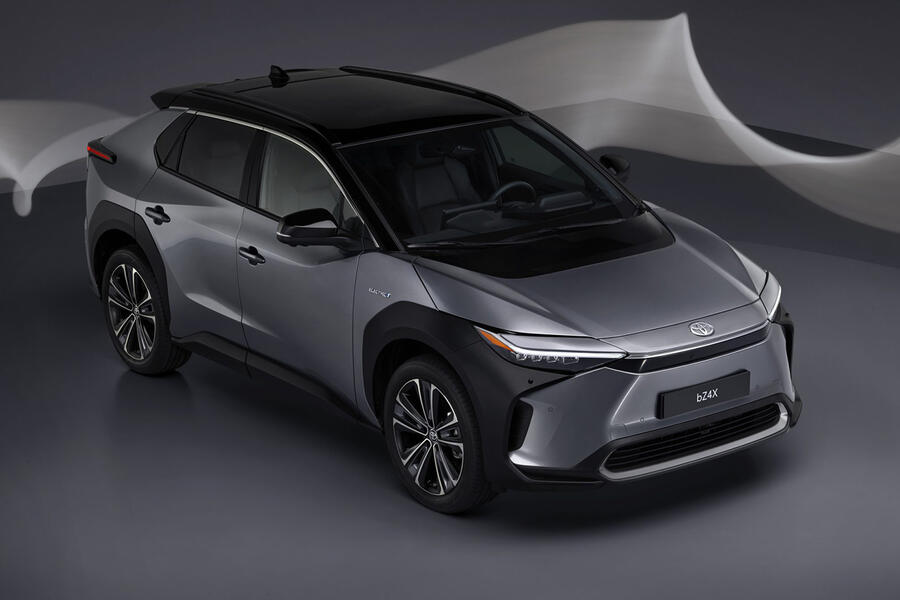
The bZ4X starred at the LA motor show earlier this year, showing off a radical design that was largely unchanged from the concept shown in April.
The ‘bZ’ element of its name refers to the Japanese brand’s ‘Beyond Zero’ electrification strategy, through which it will launch at least 15 pure-electric vehicles by 2025, including seven that use the bZ moniker.
Spearheading this roll-out, the bZ4X is the first model to use the new e-TNGA electric vehicle architecture developed in collaboration with Subaru, whose own first e-TNGA-based EV is the Forester-sized Solterra SUV. Toyota's SUV received its European debut on 2 December and orders opened on 15 December. Subaru is expected to launch the Solterra a few months later.

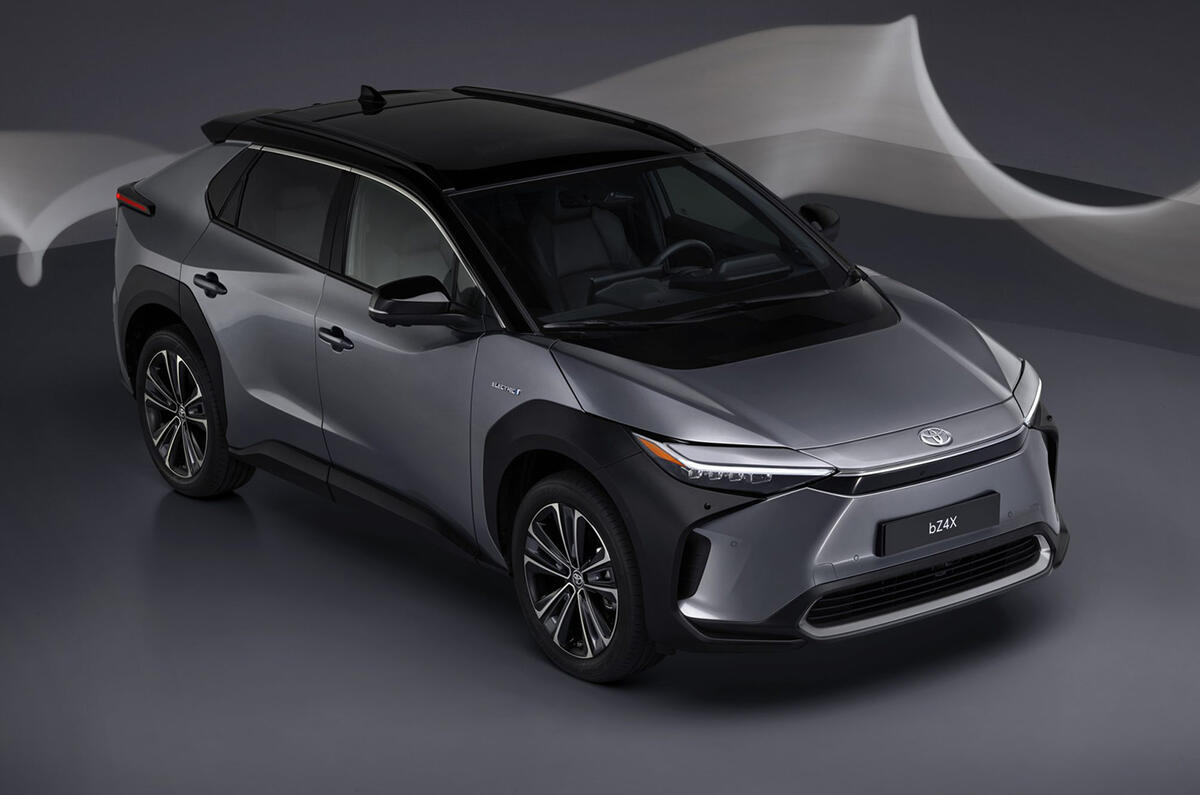
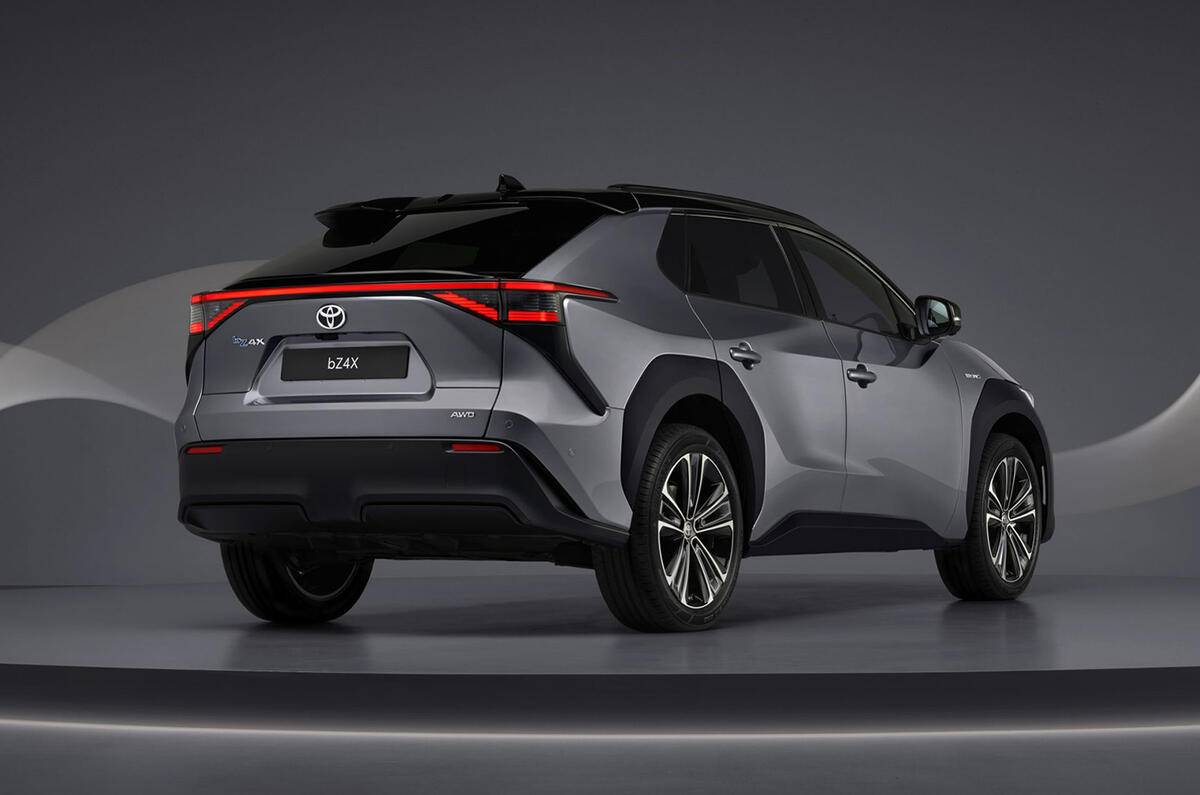

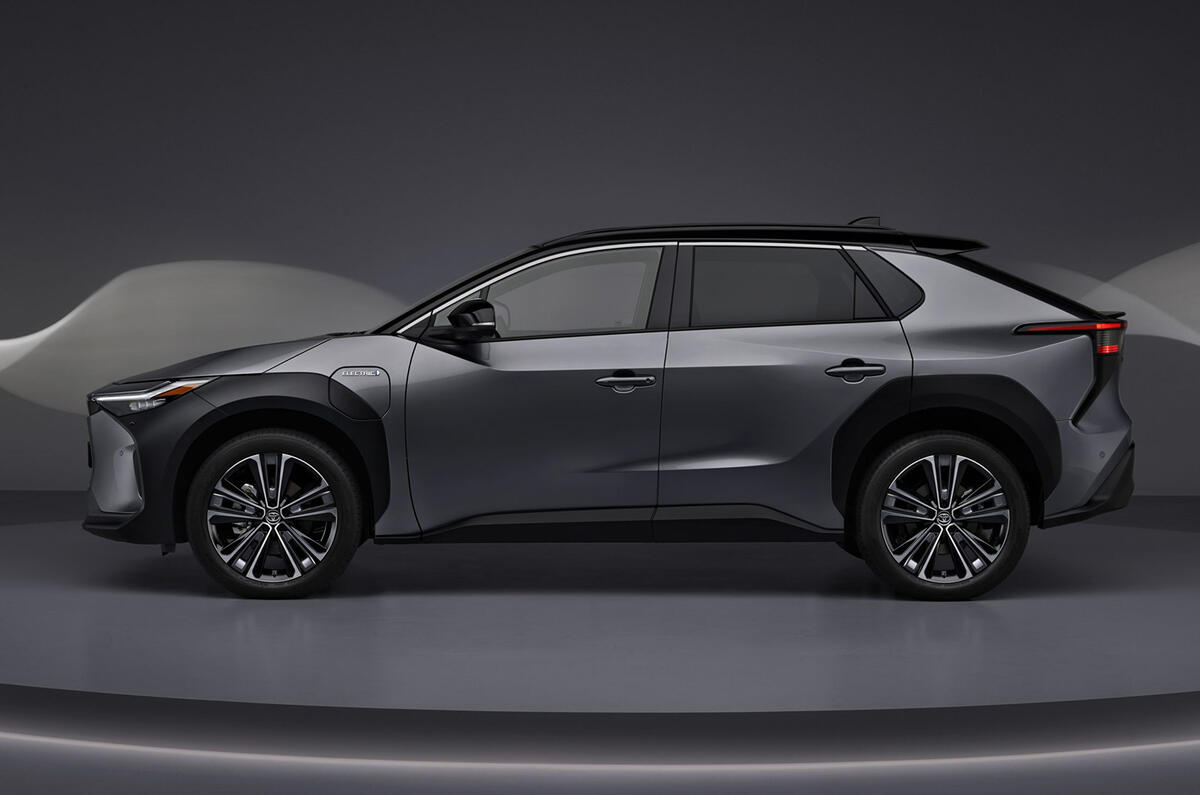
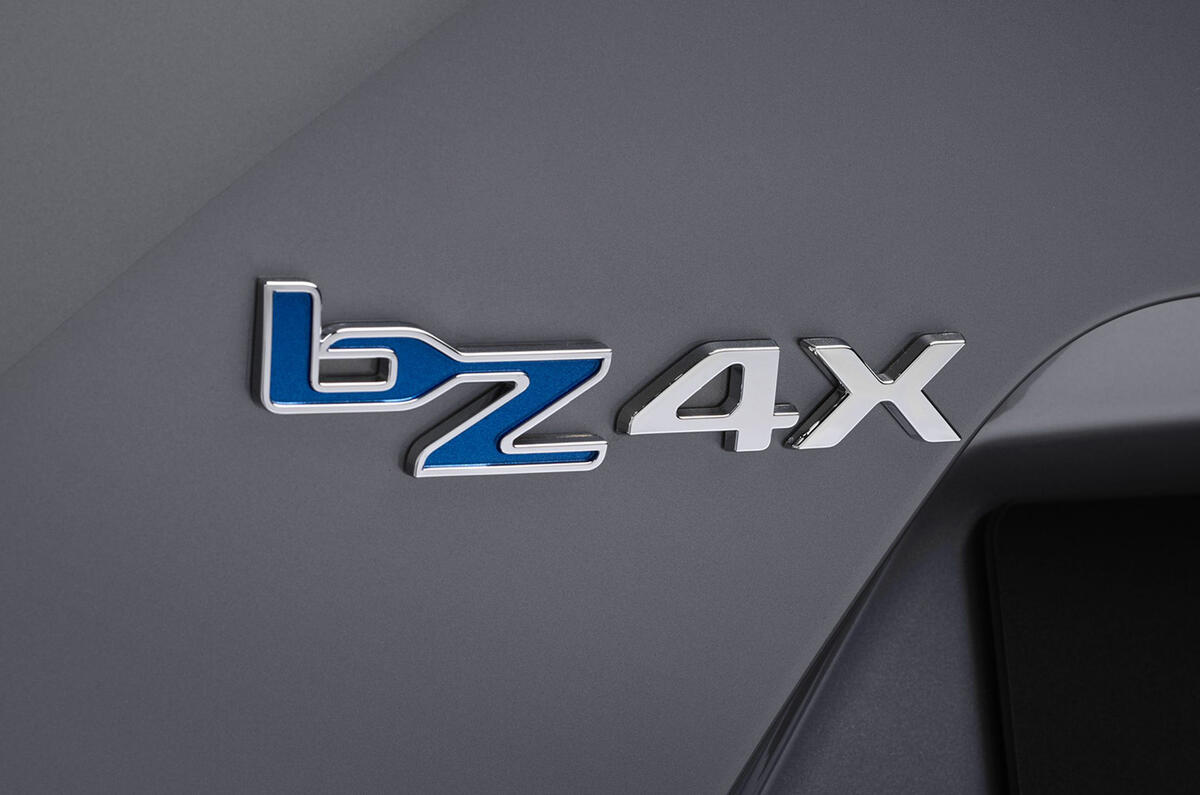

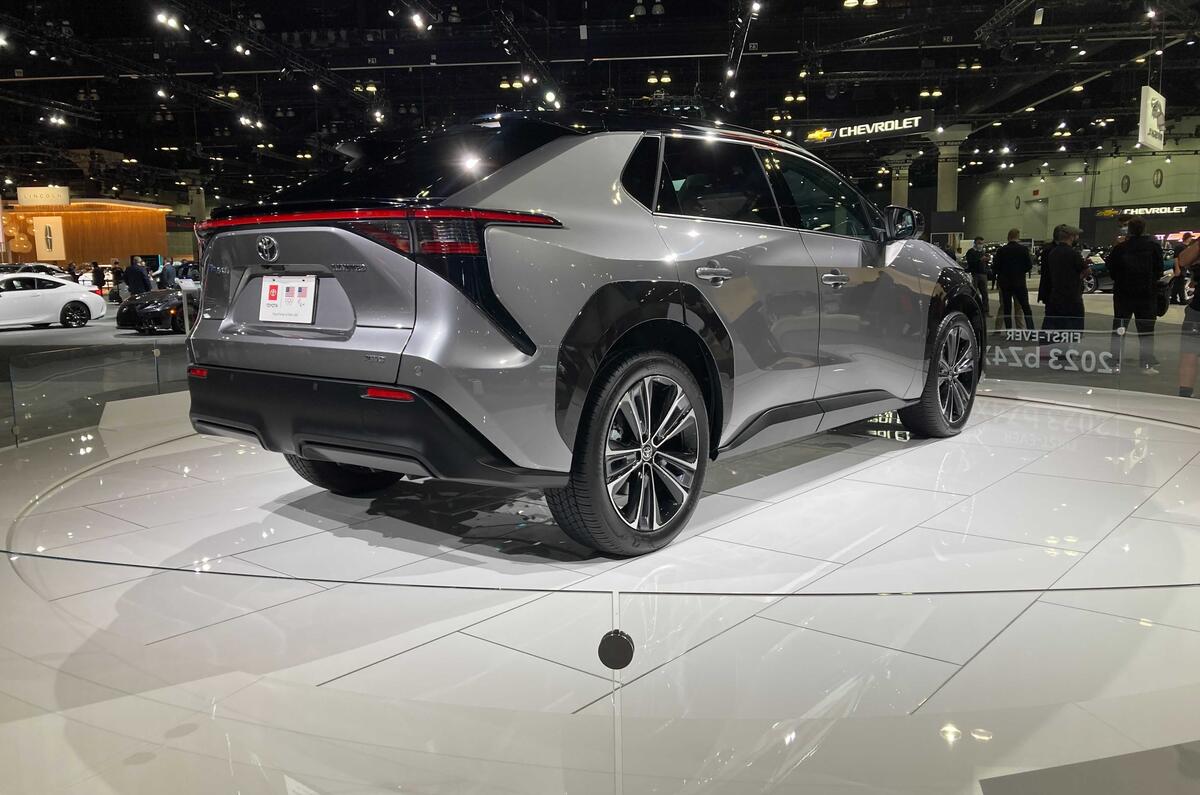

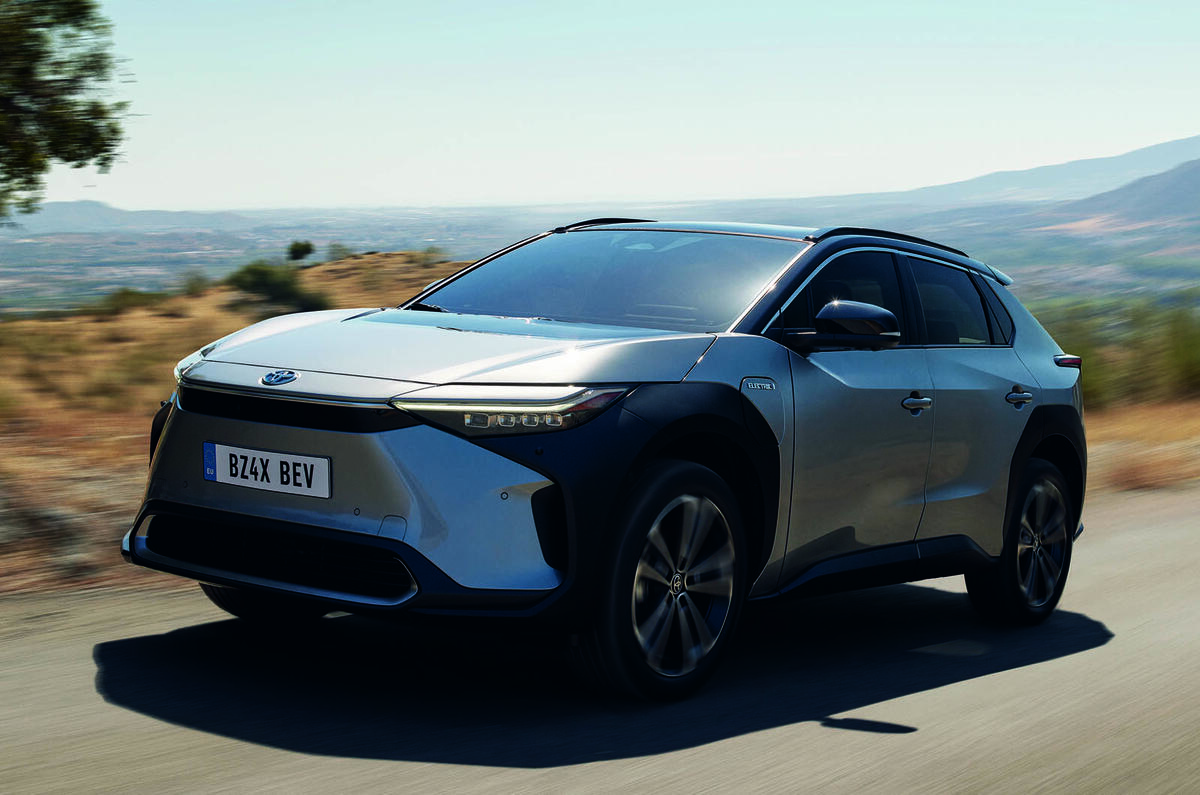

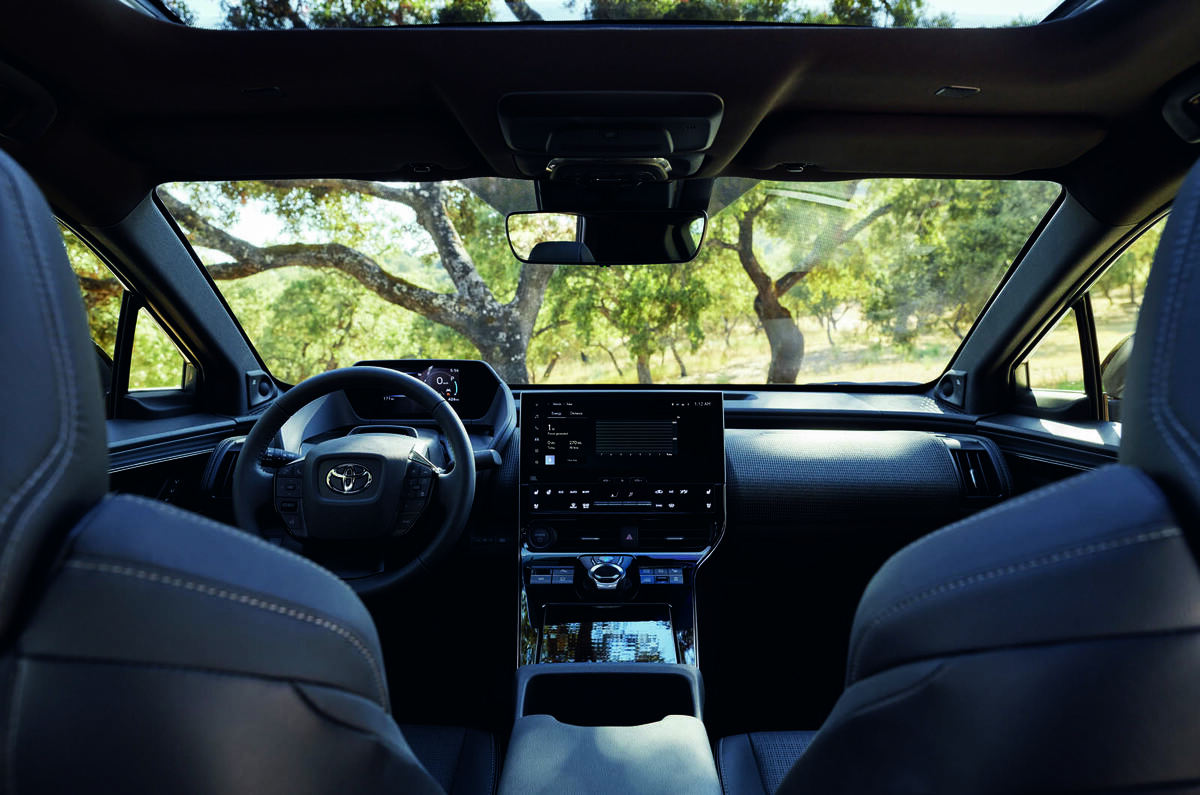
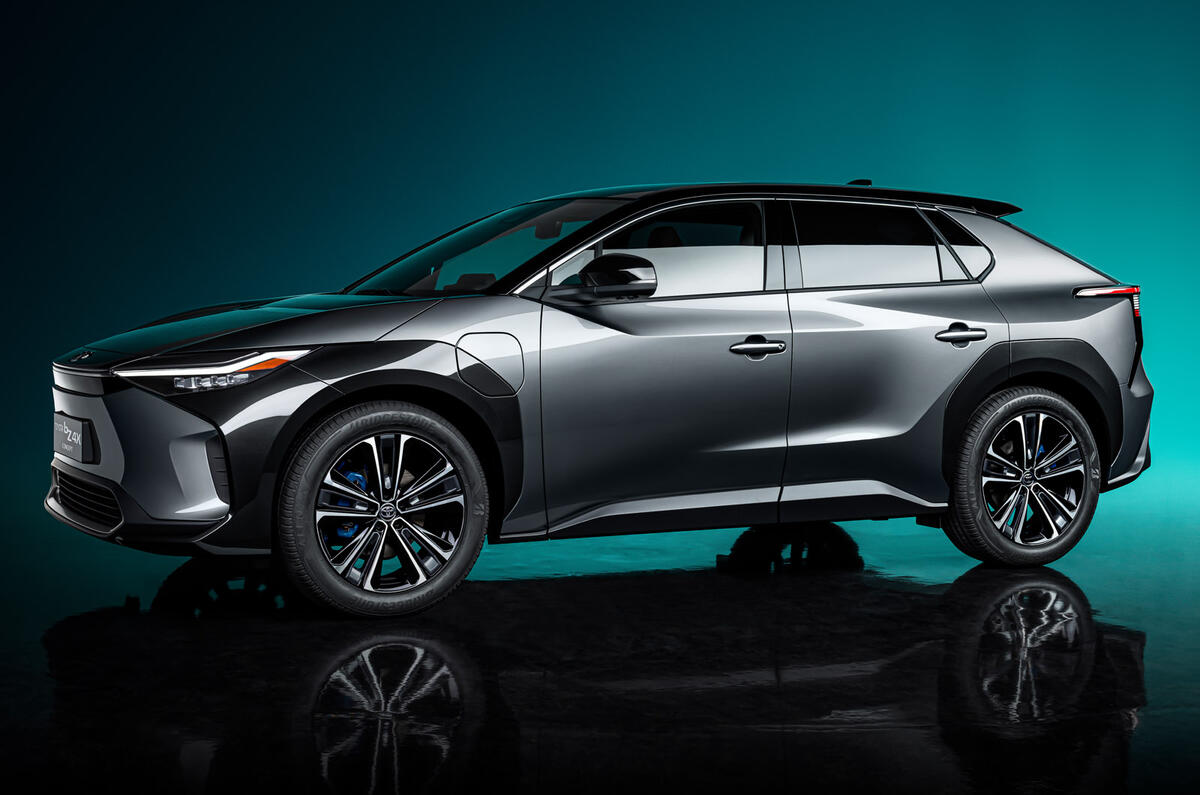

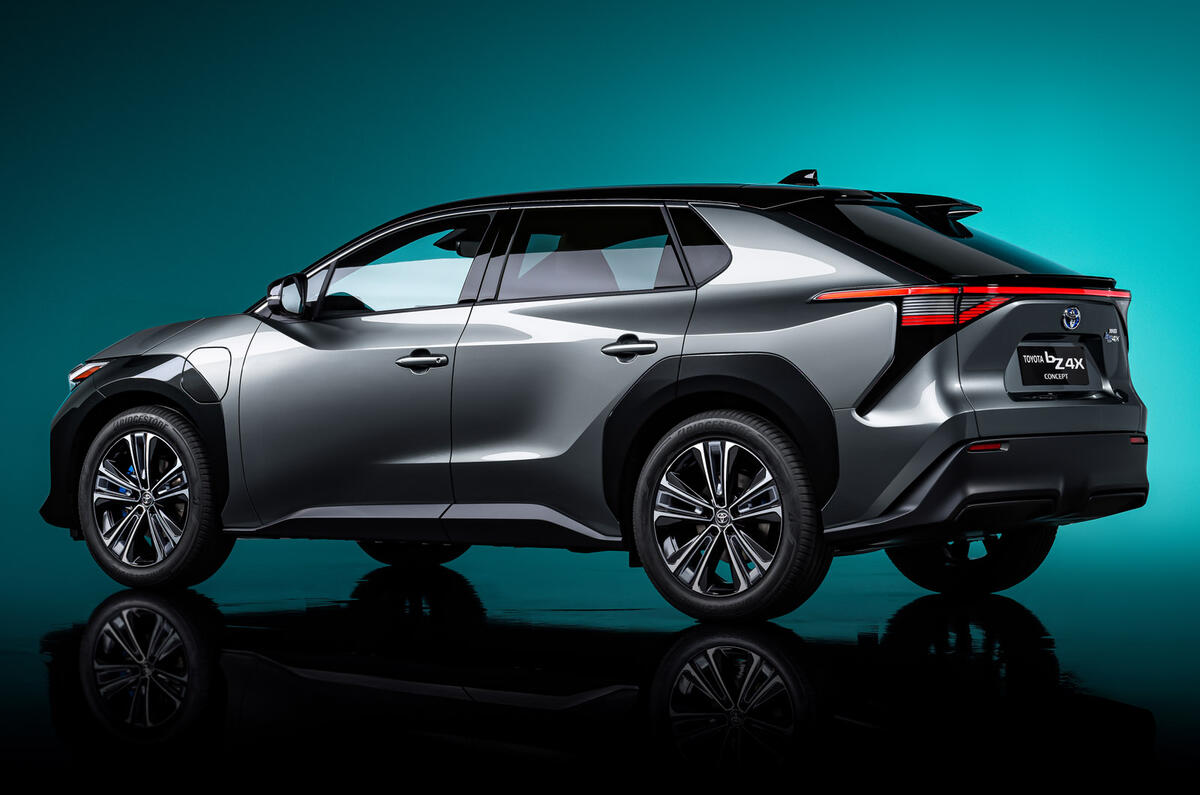
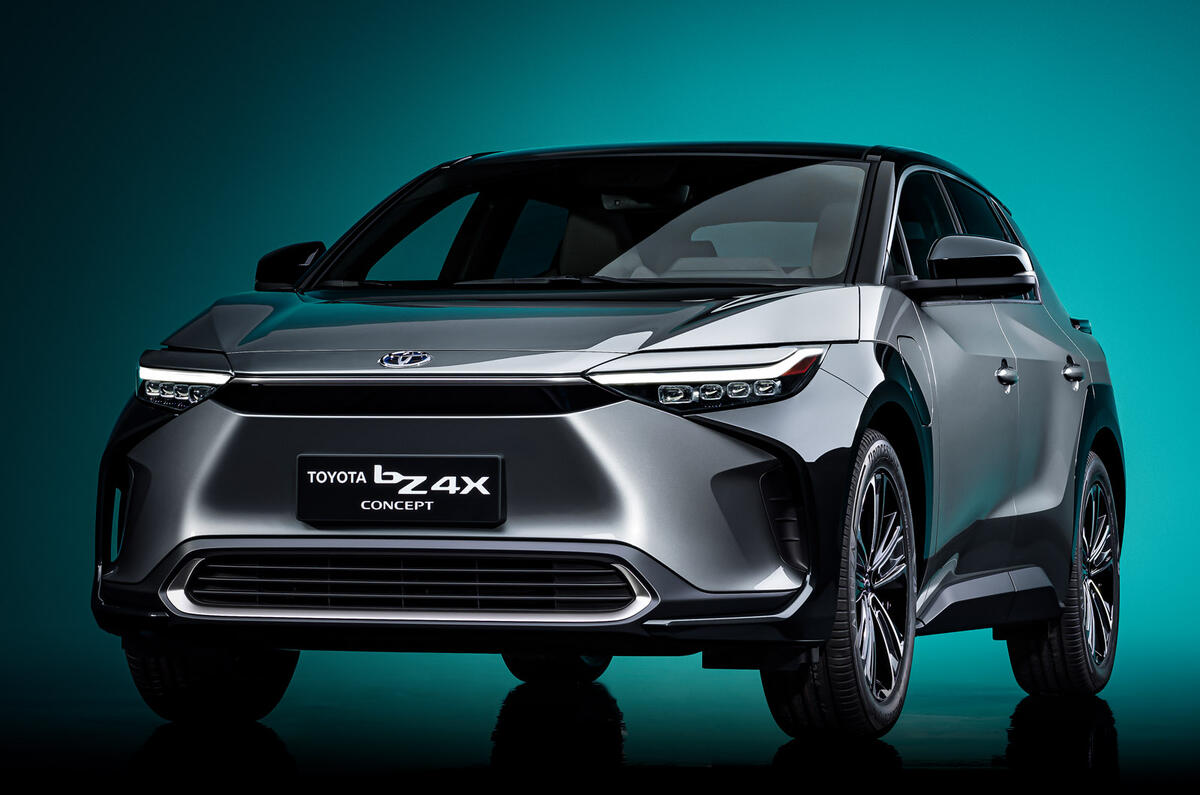
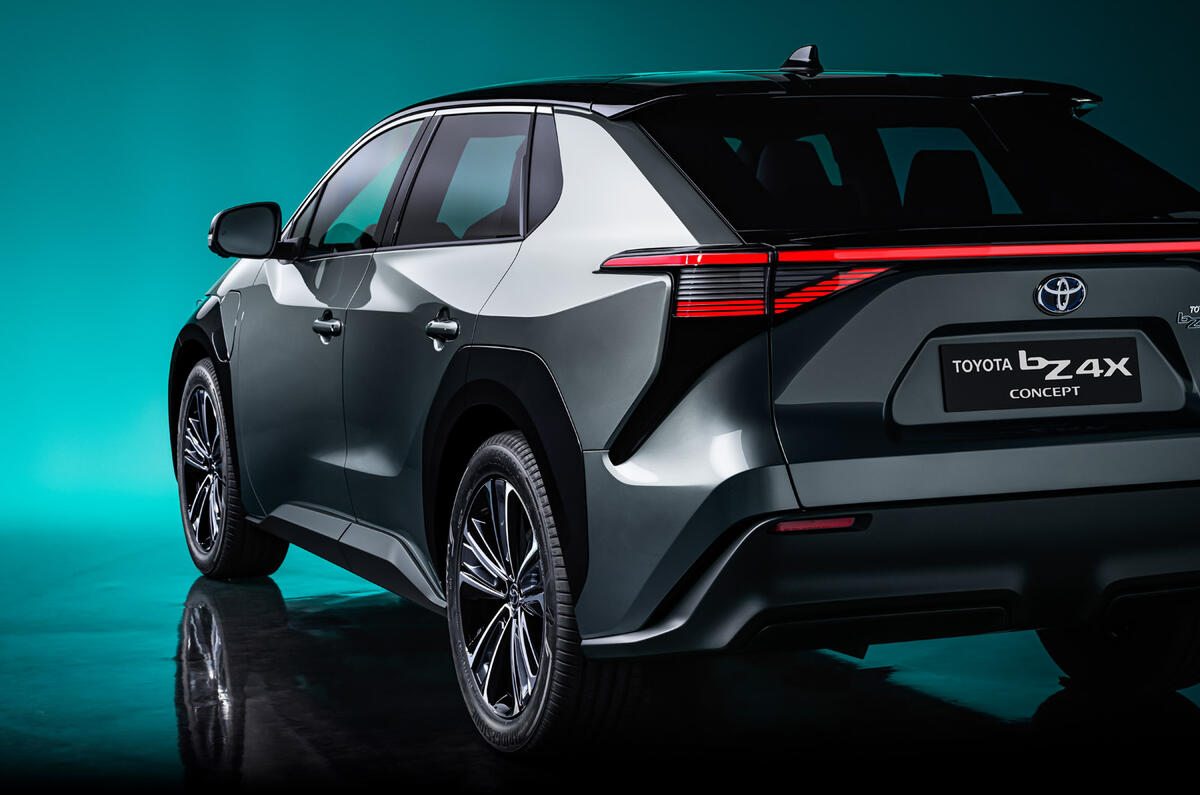
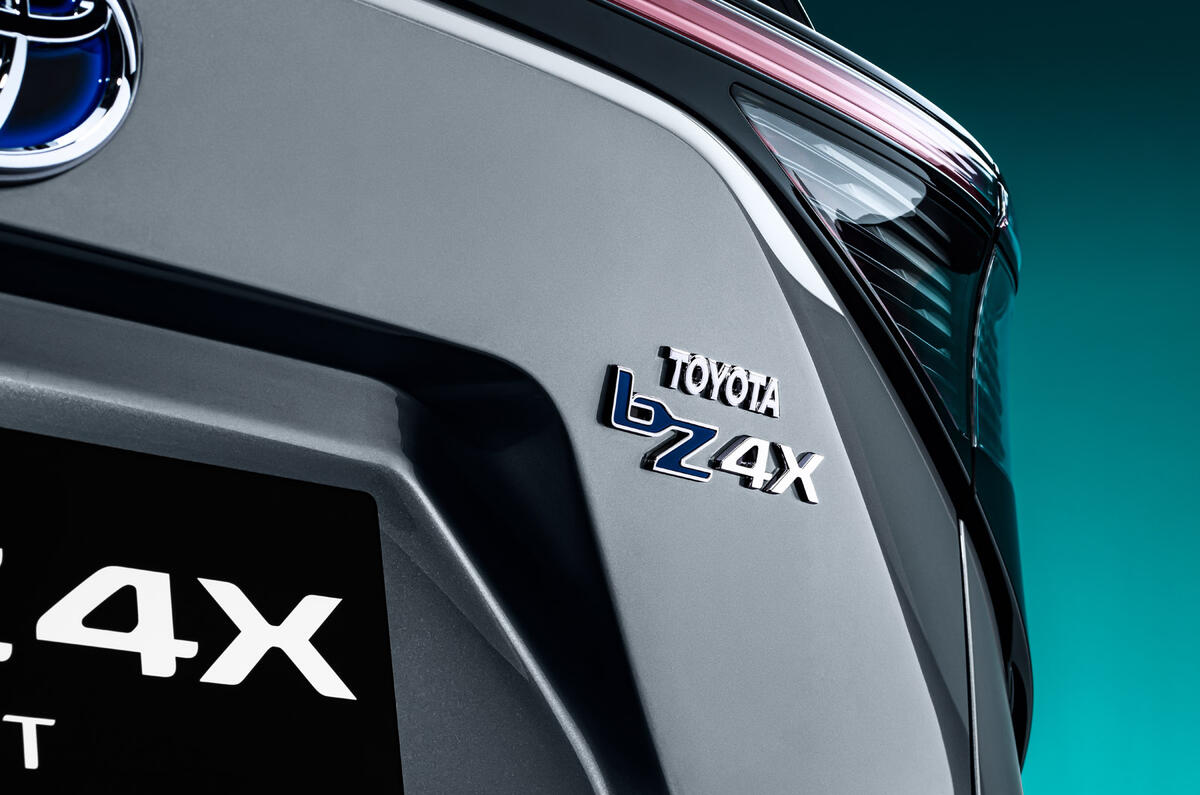

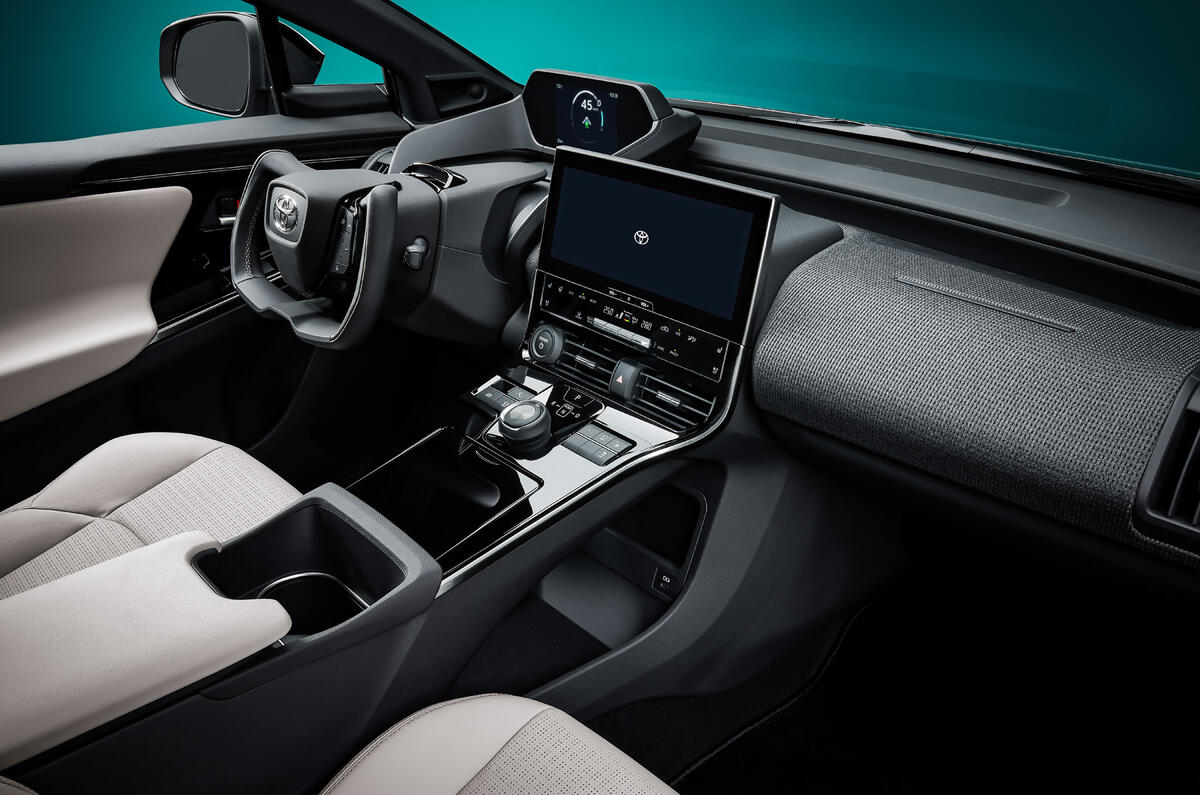
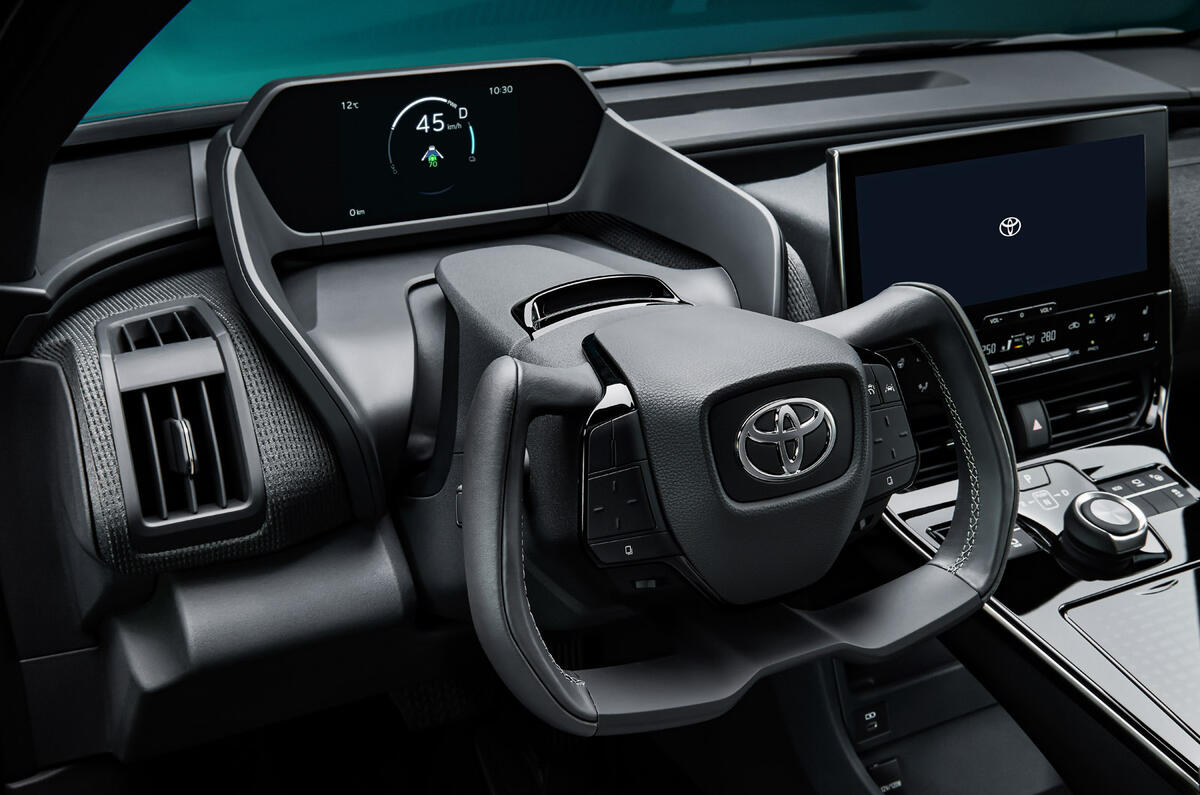
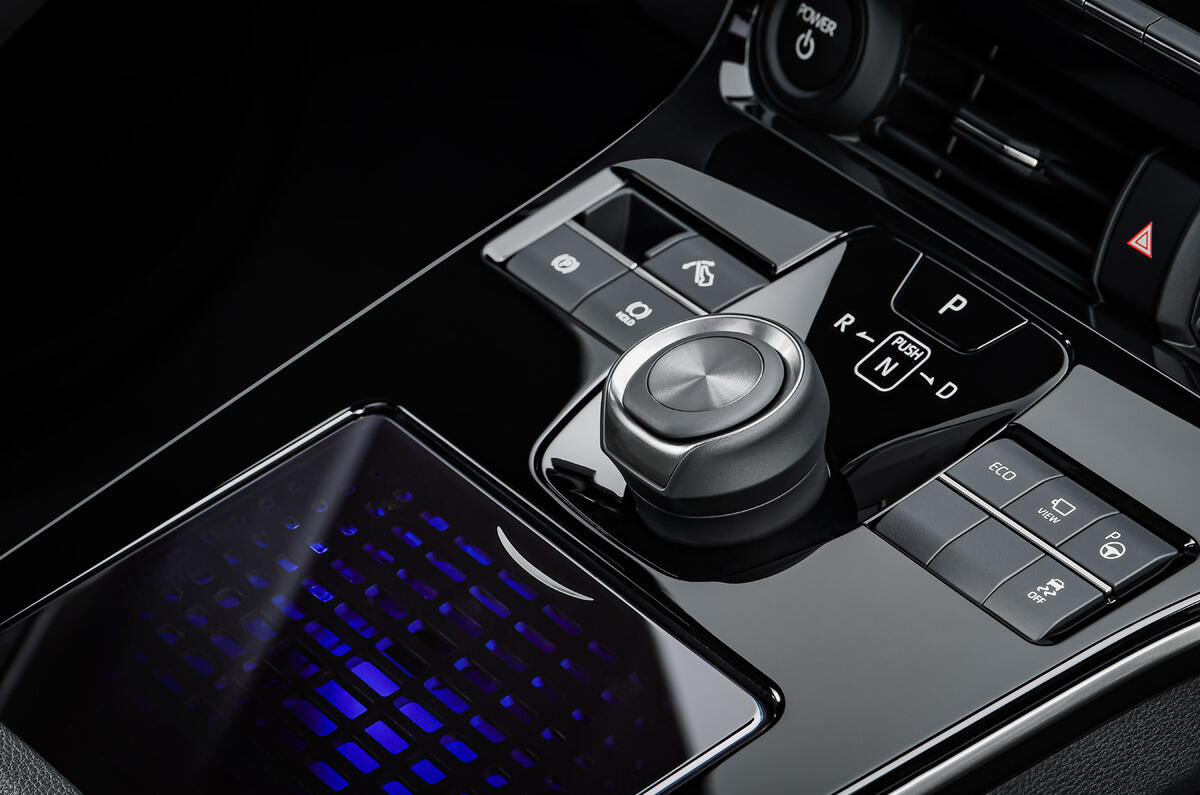
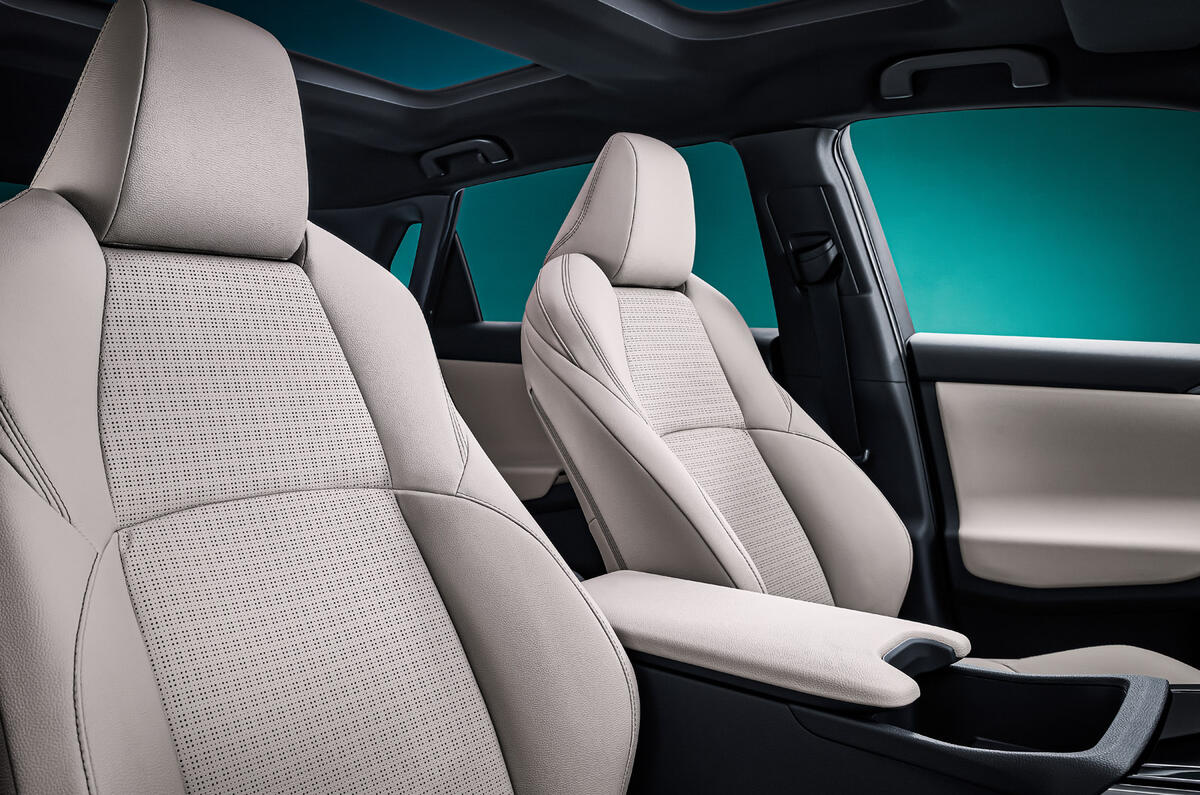
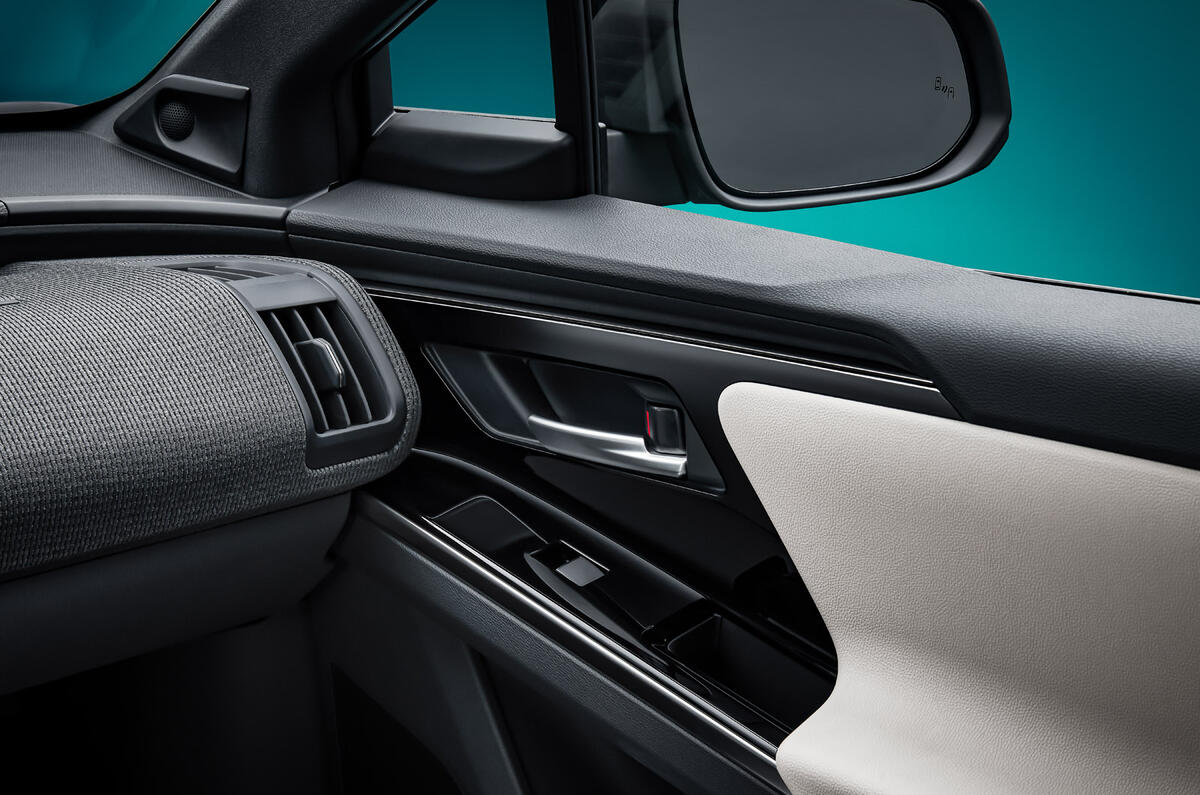
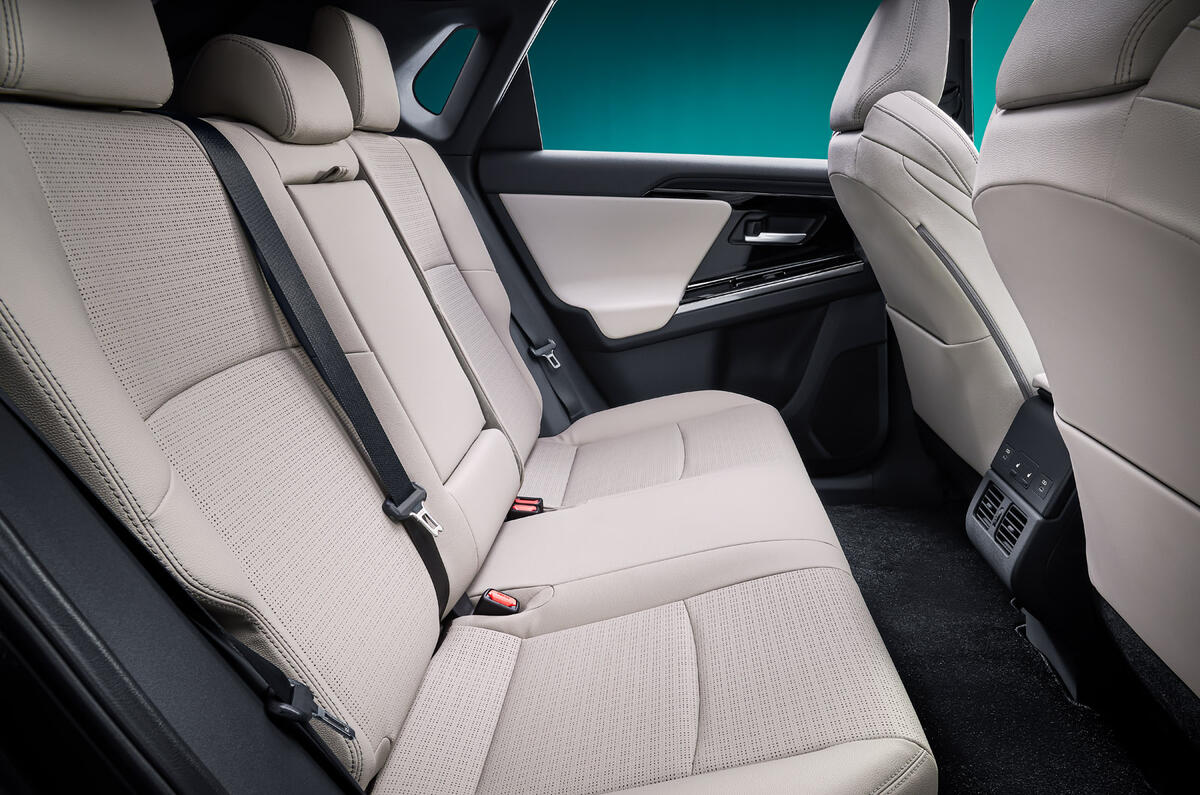
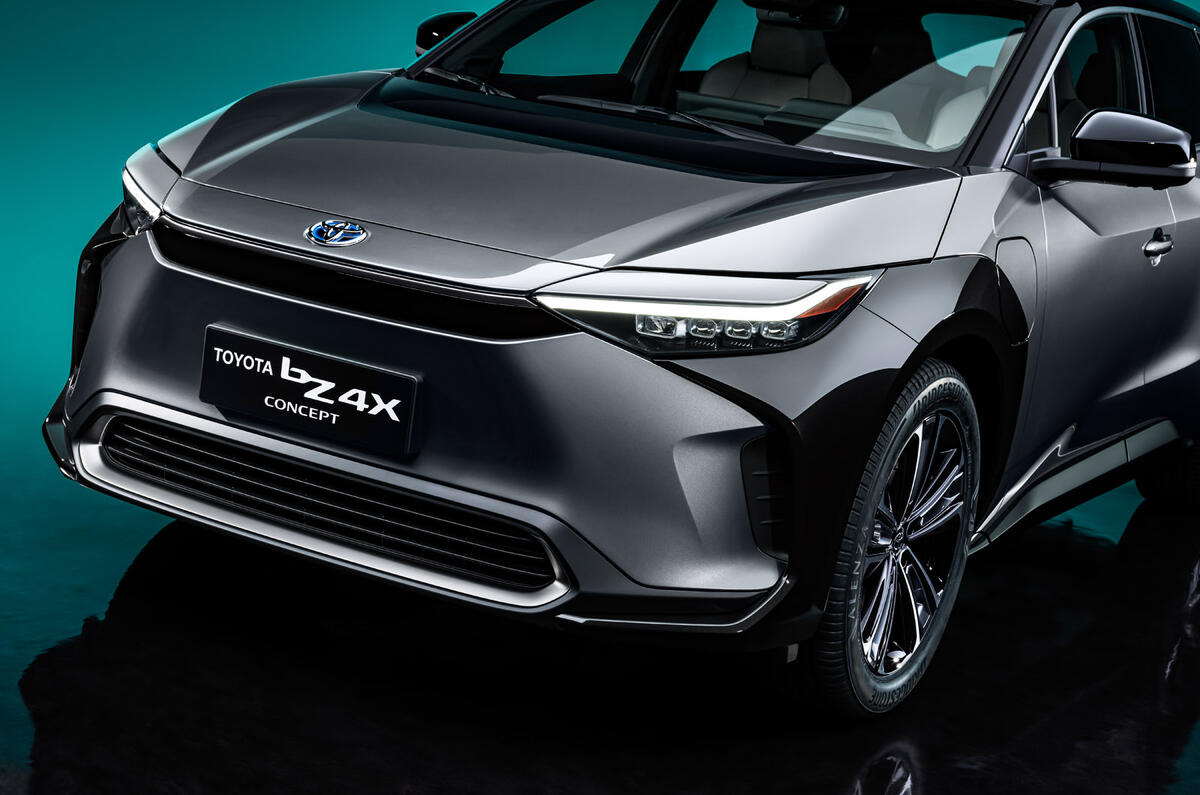


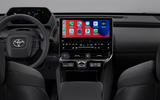
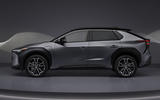

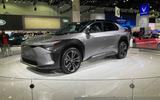
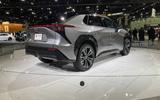
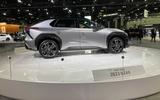

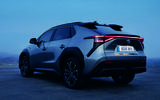
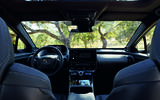
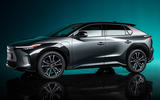
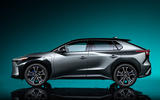
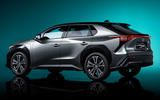
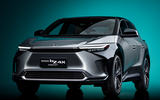
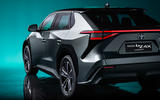

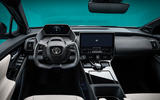
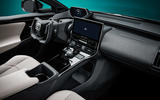
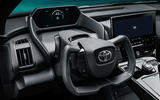
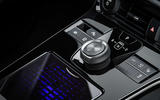
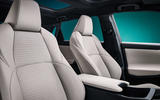
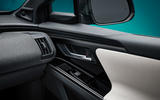
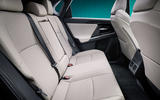
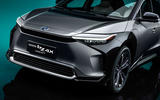

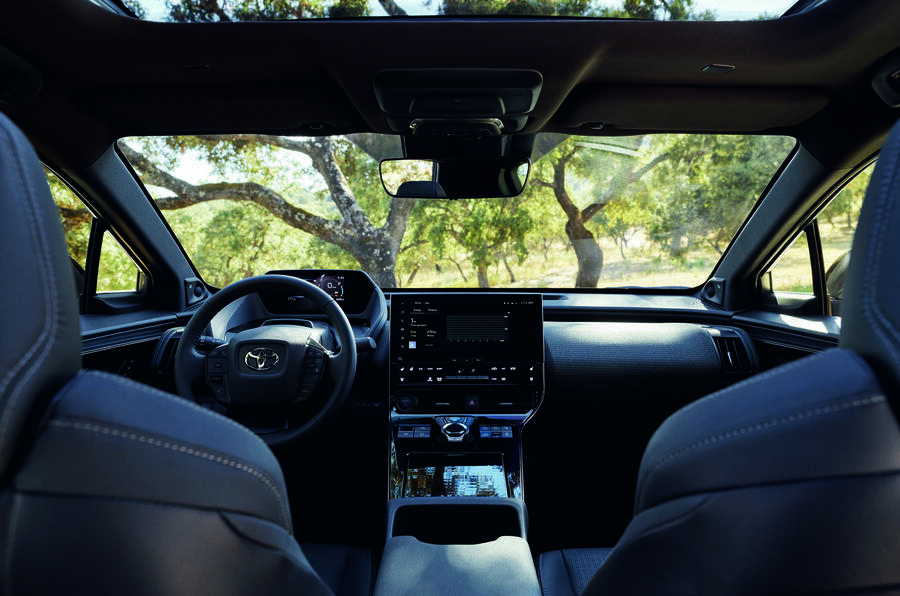





Join the debate
Add your comment
So you can order a Toyota beyond Zero 4WD crossover in FWD? Decent looking car, nonsense name. I hope Subaru release a WRX or STi version because the 4WD could surely handle more power.
Yet another family car from a mainstream manufacturer with an April Fool's price.